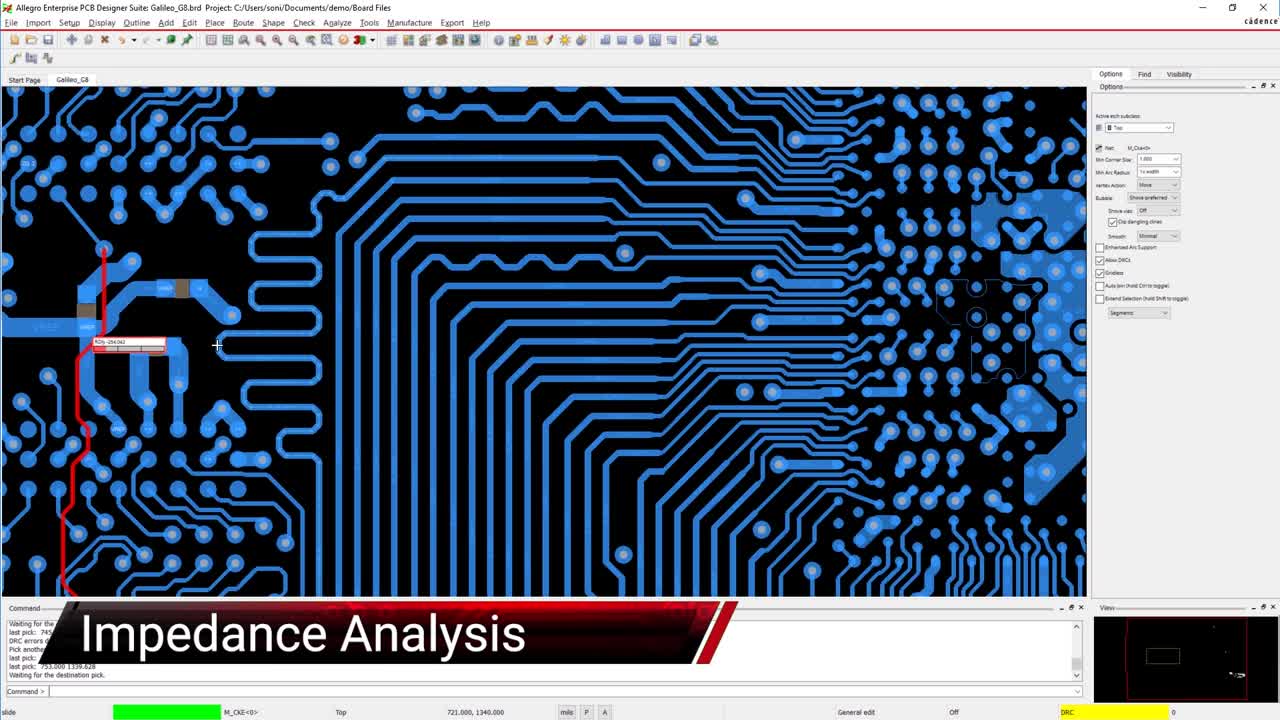Peak Envelope Power and Your RF Signal Chain Simulations
Designing a receiver circuit for this antenna requires a peak envelope power calculation.
Amplitude modulation is the oldest method for encoding information onto an electromagnetic wave. Although this method is as old as radio itself, it is not going away anytime soon. High data transfer rates over air, copper, and fiber are still enabled by the use of multi-level signaling schemes with amplitude modulation. Designing any detector, receiver/transmitter, and signal chain to support AM signals requires a peak envelope power calculation as part of circuit design.
The goal in designing any RF receiver subsystem is to maximize the power delivered to a load component. Similarly, in an RF transmitter subsystem, the goal is to maximize the power delivered to the transmitting antenna. The peak envelope power and average envelope power are both important metrics for quantifying the signal strength passed through an RF signal chain. Here’s how to work with the peak envelope power when designing an RF subsystem and how you can quantify received/transmitted power.
Why Use Peak Envelope Power Calculations?
Every AM signal has a carrier frequency (high frequency) and an envelope frequency (low frequency). The carrier frequency can be thought of as the frequency that “carries” the signal, while the envelope frequency periodically varies the amplitude of the carrier signal over time. In some cases, such as in sound reproduction, the carrier frequency is not a single harmonic. Instead, it may be some arbitrary signal that continuously modulates the carrier signal’s amplitude and encodes information on the carrier signal.
The graph below shows an AM signal in the time domain. If you examine this AM signal, it should become evident that the carrier signal’s power is a meaningless measurement of power. The real measure of power carried by the signal is instead determined by the envelope signal. This follows logically as the carrier power is determined by its amplitude, and the amplitude is determined by the envelope signal. Therefore, the power carried by an AM signal is determined entirely by the strength of the envelope signal.
Peak envelope power for an AM signal in the time domain.
The two important metrics for quantifying the power of a carrier signal are the average envelope power and the peak envelope power. The peak envelope power is simply the amplitude of the envelope signal in the time domain. The average simply an average value in the time domain, which happens to be the midpoint of the envelope signal (see the blue line above).

Peak Envelope Signal Strength and Power
When you’re calculating the peak envelope power, you need to use the peak voltage/current of the AM signal and the load impedance. If you know the peak voltage of the envelope signal, you can calculate the peak envelope power, and vice versa. For an arbitrary load impedance, the peak envelope power is:
Peak envelope power equation
The phase factor is just the phase difference between the voltage and current in this arbitrary impedance. The peak envelope power is normally measured across a reference resistor, i.e., with Z = R. Note that real antennas and components have some reactive impedance, which will depend on the frequency content of the AM signal.
Simulating Peak Power Delivered in a Signal Chain
The goal in a circuit simulation with AM signals is to transfer maximum power through the signal chain. This is done by measuring peak envelope power directly during the simulation, or by measuring the peak envelope voltage and calculating the peak envelope power for a known load impedance.
If you’re designing a signal chain for a transmitting antenna, and you know the antenna’s impedance, then you can calculate the peak envelope power for a given peak envelope voltage. You can then optimize different portions of your signal chain to try and maximize the peak envelope power delivered to the antenna. Going in reverse, you can calculate the power and voltage delivered to a load in a receiving antenna signal chain and optimize each portion of the signal chain to minimize losses along the way.
If you’re dealing with RF signal chain for AM signals, there are several portions of the chain to consider:
-
Impedance matching networks: LC tank circuits, pi filters, or similar reactive filters are normally used for AM and RF signals. Each network should have flat transfer function within the AM signal’s bandwidth to ensure maximum power transfer through the signal chain.
-
Amplifiers: Amplifiers need to be impedance matched while still operating in the linear range in order to prevent distortion and harmonic generation. For transmitting signal chains, you may need to perform load-pull analysis to ensure maximum power transfer through the signal chain.
-
Filters: Any filters used in the circuit should follow the same design principles as impedance matching networks.
Basic transmit and receive signal chains for AM signals
There are some basic circuit simulation features you’ll need to use to ensure you’ve transferred maximum power through your signal chain. These are shown in the table below.
Designing PCBs to receive and transmit AM signals requires multiple peak envelope power calculations. PSpice Simulator and the full suite of analysis tools from Cadence are ideal for designing various blocks of your RF PCB and simulating many aspects of its behavior. You’ll have the features you need for signal chain design and optimization.
If you’re looking to learn more about how Cadence has the solution for you, talk to us and our team of experts.